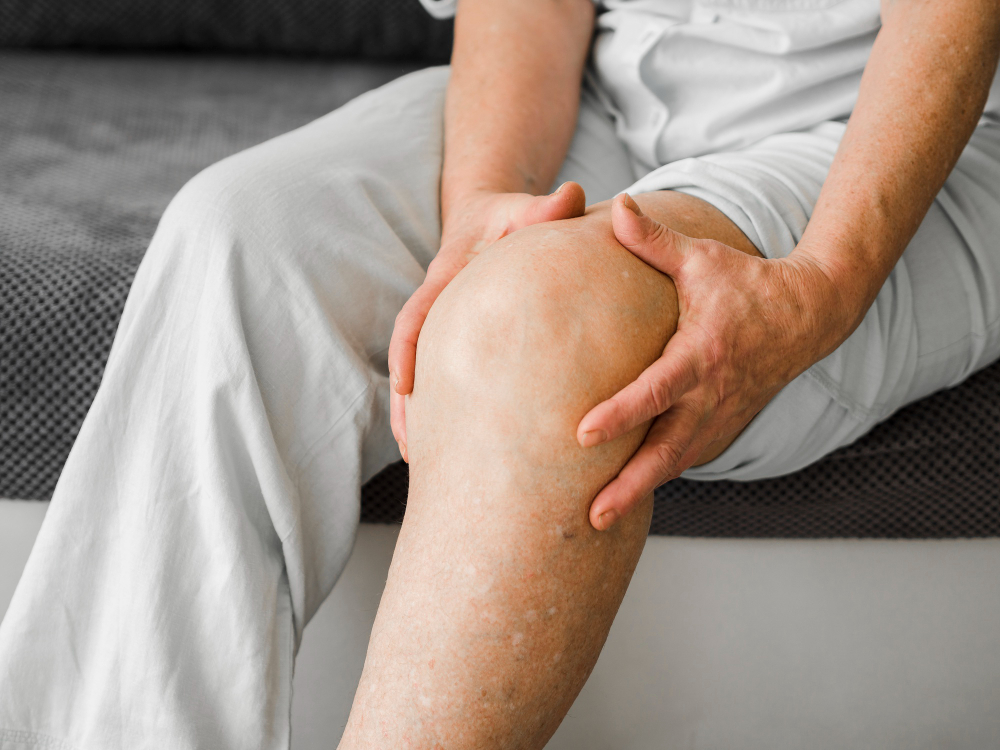If you have knee swelling or pain, you might wonder about the cause. A meniscal cyst is a small, fluid-filled sac that forms near the knee joint. Often, it develops next to the meniscus, which is a piece of cartilage in your knee. Meniscal cyst symptoms can include swelling, pain, and sometimes a lump. Understanding meniscal cyst treatment options is important for relief and recovery.
What is a Meniscal Cyst?
A meniscal cyst is a pocket of fluid that forms along the edge of the meniscus in your knee. The meniscus acts as a cushion between your thigh bone and shin bone. When the meniscus gets injured or torn, fluid can leak out and collect nearby. This forms a cyst. Usually, meniscal cysts are not dangerous, but they can cause discomfort or limit movement.
Symptoms of Meniscal Cyst
Meniscal cyst symptoms can vary from person to person. However, some signs are more common. For example, you may notice:
Sometimes, the cyst is painless. But if it grows or presses on nearby tissues, discomfort can increase.
Causes and Risk Factors
Meniscal cysts often develop after a meniscus tear. When the meniscus is damaged, joint fluid can escape and form a cyst. Several factors can raise your risk, such as:
In addition, people with certain jobs or activities may be more likely to develop knee problems.
How is a Meniscal Cyst Diagnosed?
Doctors use several steps to diagnose a meniscal cyst. First, they will ask about your symptoms and check your knee. Next, they may order imaging tests. For example:
Early diagnosis helps guide the best meniscal cyst treatment plan.
Treatment Options for Meniscal Cyst
Treatment depends on your symptoms and the cyst’s size. Many people get better with simple steps. However, some may need more help. Common meniscal cyst treatment options include:
Most people recover well, especially with early care. If you are looking for meniscal cyst treatment in your city, consult a local orthopedic specialist.
Prevention and Lifestyle Tips
While not all meniscal cysts can be prevented, some steps may lower your risk. For example:
Additionally, keeping a healthy weight can reduce stress on your knees.
Conclusion
Meniscal cysts can cause knee swelling, pain, or a lump. However, many people find relief with simple treatments. If you notice meniscal cyst symptoms, do not ignore them. Consult an orthopedic specialist for personalized advice on meniscal cyst diagnosis and treatment.

